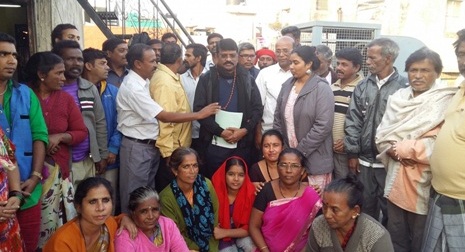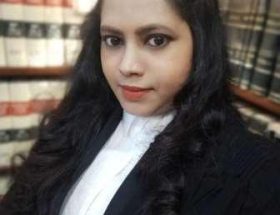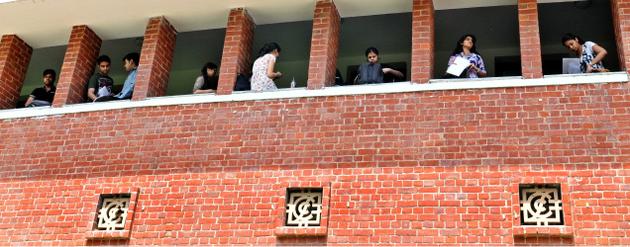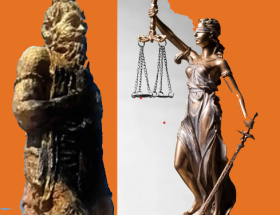NDMJ-NCDHR
It has been four and a half decades since the Narikoravan (a) Kuruvikaran community has been waging a constitutional struggle for Scheduled Tribe status.
Narikoravan is a nomadic tribe involved in the making of ‘rudrasksha malai’ and other such long chains, rosary beads which have been historically part of temple economies. Their products find great demand among pilgrims who travel to Sabarimala Ayyappa Temple in Pathanamthita, Kerala. Narikuravars are also itinerant sellers of plastic vessels and other daily utilities. Their population is not more than 30,000 in Tamil Nadu. They have no representation in any decision-making bodies. Presently, they are listed under Most Backward Classes in Tamil Nadu and among Other Backward Classes in the Central Government List.

For Narikuravars, it has been almost impossible to transcend their traditional occupation. Several first generation learners go back to their traditional occupation due to lack of facilities and difficulties embedded in claiming and furnishing their MBC/OBC status. The first generation learners from the community who are leading the movement articulate their demand in terms of better and meaningful access to modern facilities and educational infrastructure.
In 1965, the Lokur Committee1 recommended inclusion of Narikoravans (Kuruvikaran) in the list of Scheduled Tribes. The mandate of the 1965 committee was to examine the ‘historical and scientific background’ of tribes and caste groups to evaluate their social, economic and educational conditions. Clearly, the recommendation of the Committee was not implemented in the case of Narikuravars. The report points out that Narikorvans are a ‘very backward tribe’ with distinct customs.

In the 1980s, M.G. Ramachandran, the then Chief Minister of Tamil Nadu proposed to the Union Government to include Narikuravars in the ST list.
On 18th December 2013, the UPA government was forced to issue a bill2 (160/2013) to include the community in the ST list.

Prior to the issuance of this bill, Narikuravars convinced DMK president Karunanidhi and Tamil Nadu Chief Minister J. Jayalalitha to write to the Central government.However, on 21st February 2014 when the bill was floored in the Lok Sabha none of the members supported the Bill. This led to its lapse.

The community demanded the passage of the bill in the winter session of the Lok Sabha. Nearly 50 Narikuravar women, children and men, under the banner of Tamil Nadu Narikoravan (A) Kuruvikaran Welfare Federation (TNKWF), travelled to Delhi all the way from Tamil Nadu. For over two weeks (starting from the first week of December 2015) they lived in tiny lodge in Paharganj area of New Delhi to meet MPs and Union Ministers.They also staged a hunger strike on 4th December 2015 at Jantar Mantar. The Union government ensured that the bill would be enacted, without any delay.

After several rounds of dialogue with members of parliament and ministers; on 9th December 2015, Pon. Radhakrishnan, Minister of State for Road Transports, Highways and Shipping, Government of India, wrote a letter to Jual Oram, Minister of Tribal Affairs, Government of India, strongly recommending Narikuravar’s case for ST status. In the letter, the Minister points out that Narikuravar Community is ‘nomadic, extremely poor and one of the most vulnerable communities’ in Tamil Nadu. More than 87% of this population is non-literate. The minister further states that the number of graduates in the community is hardly ‘0.02%’ of the total population. It is in such a context that they demand ST status with the hope to improve their living conditions and representations.

However, the winter session of the Parliament failed to pass the Bill. The struggle of the community is still on. There is a need for greater awareness and support from civil society actors to ensure the passage of the Bill in the next session of the Parliament.

~
Notes
[1]. While the definition of ‘tribe’ remains contested, the broad criterion for determining whether a community is ‘tribal or not’ as per the Lokur Committee Report are – spatial organization (separate and excluded existence), distinctive culture, ‘primitive’ traits, shyness of contact with community at large and socio-economic and educational backwardness.
[2]. The Constitution (Scheduled Tribes) Order (Second Amendment) Bill, 2013.
~~~










